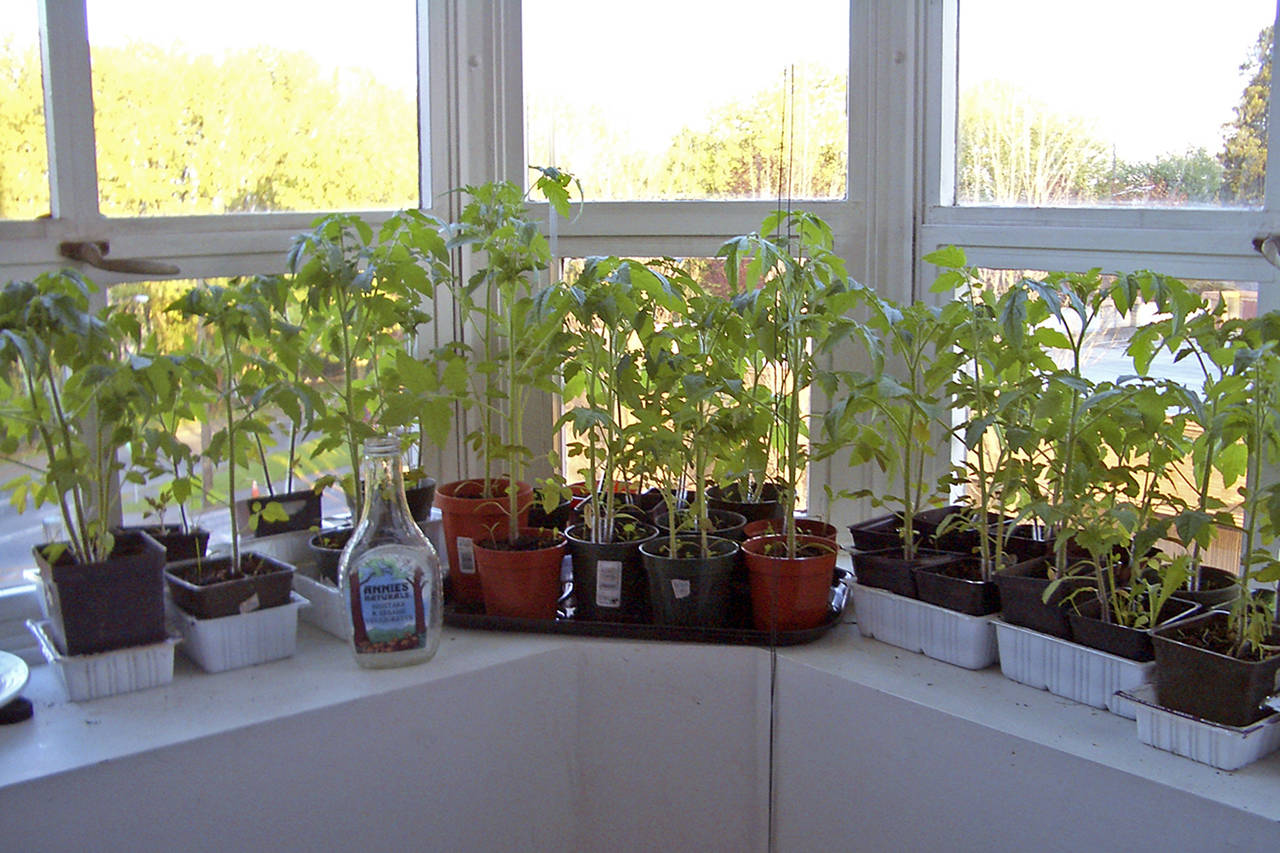Spring is just around the corner — March 19, to be exact. The winter has been long, wet and dreary. If Facebook is any indication, it isn’t just gardeners who are counting the days, hoping for warmth, a little cheer and, most of all, fewer clouds and more sunlight!
For gardeners, there is much to be done: making sure the winter cleanup is completed, getting tools and garden beds ready for spring planting, and researching and planning for the best yard and garden ever. It’s time to make sure everything is organized for that day when the soil is dry and warm enough to plant seeds or to put out seedlings that have been hiding out on windowsills, under grow lights, or in real or makeshift greenhouses.
After making sure all your tools are cleaned and sharpened, take an assessment of last season. Reread any entries in the journal you faithfully use each season (and if you don’t keep one, go out and get a beautiful, new notebook for the journal you will begin this season). Consider what you planted and where, what did well (or not), what you wanted to try again, what to skip or what new varieties you thought of trying.
This assessment should include a garden walk-around not only to help you remember, but to see what shape everything is in now. Note especially drainage problems and repairs needed from storm damage to trees, shrubs, garden beds or the garden/yard in general. (And complete those repairs whenever it dries out enough!)
Browse through catalogues and websites, consider your notes from last season, and build a plan for this season. What do you want (or would like to see) growing where? Do you need to move or create any new beds? Get down to the nitty-gritty and consider which varieties and species might do better than last season. Check out what’s new in local nurseries.
As your plan develops, you may want to include a soil test for your beds and make any adjustments this suggests. Extra rain tends to wash away minerals, which leaves our garden beds generally more acid (lower pH) than last season. I often add a light dusting of lime to raise the pH (lowering acidity) even for my acid-loving rhododendrons, hydrangeas and camellias. My vegetable beds get a covering of compost.
At first, just spread any soil amendments over the beds without attempting to dig them in. Be careful of disturbing the soil texture too soon when it is still too wet. Wait until it has the texture of a “crumbly cupcake.” That might not be until it is time to prepare for the direct seed planting of cool-season vegetables like broccoli, Brussels sprouts, cauliflower, carrots, lettuce, salad greens, spinach or peas.
Be sure to plan to add pollinator-attracting plants and flowers such as alyssum, bleeding heart, columbine, coneflower, daisies, day lilies, dianthus, dill, iris, lavender, marigold, nasturtium, poppies, rosemary, thyme, zinnias, etc. The possibilities are huge, but select based on your garden conditions. Especially consider inter-planting pollinator flowers and herbs among your fruit and vegetables to bring bees to encourage a higher produce yield.
Divide hostas, lilies, mums and other woody clumps that have outgrown last season’s space. Prune, feed and spray flowering shrubs if needed so they will put on a great display.
We have had more rain than usual but didn’t have a particularly cold winter. You might be seeing early spring bulbs breaking through or early buds forming on perennials. I already have crocus up and blooming, daffodils and iris breaking through, and even some wild or species tulips (supposedly deer-proof) that are up and in bud.
Be sure to keep a weather watch for frost and possible snowfall. Get a dedicated thermometer to test soil for that consistent 40 degrees (usually not until April) that will allow for direct seed planting of many cool-season vegetables.
* * *
Mark your calendar for the 2020 Grays Harbor Master Gardener Home and Garden Show, May 16-17. And, as March begins, Master Gardeners will begin their plant clinics throughout the area; so watch for those for help and advice.
Dauna Koval is a Master Gardener, Class of 2016. She has moved full time to Ocean Shores, where she is building a new garden from the bottom up, trying to use what she has learned from the past 35 years of living and gardening in the Pacific Northwest.


